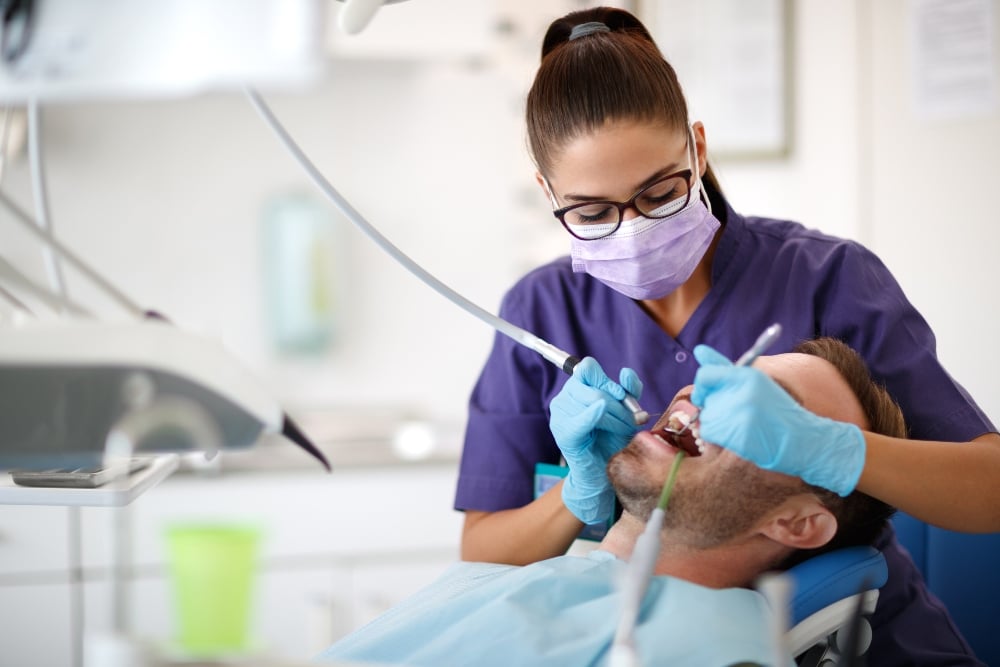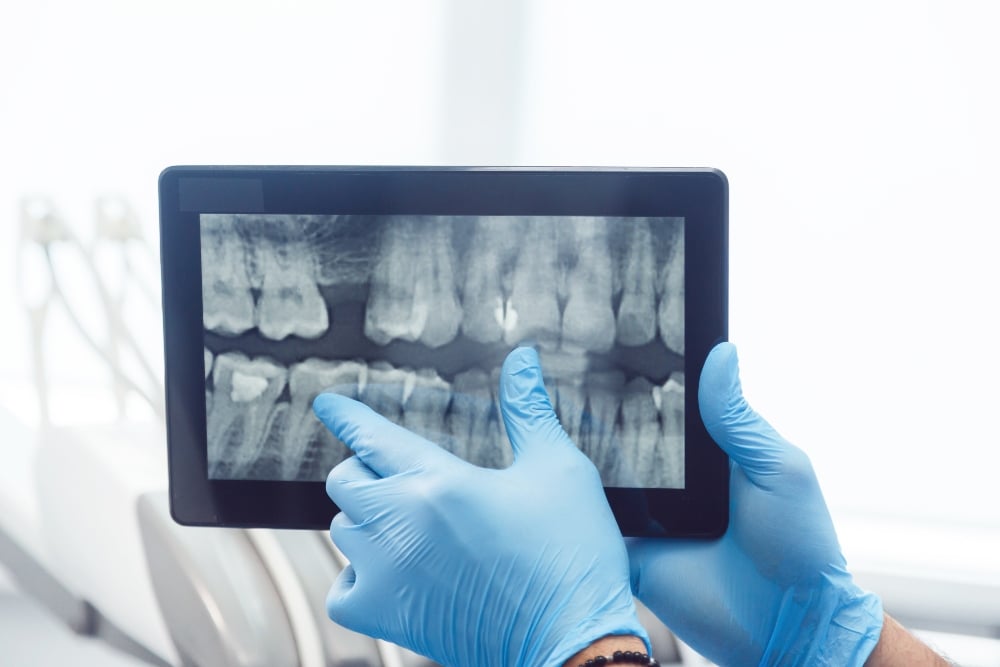Posted by Amy Carbone on Aug 22, 2019 9:30:00 AM
Does your dental practice have an OSHA inspection coming up? This article summarizes some of the OSHA guidelines you should consider. You should also review with legal counsel, to be sure you understand OSHA best practices for dental practices to stay in compliance.
1. Understand the Bloodborne Pathogens Standard
The Bloodborne Pathogens standard, including revisions made in 2001, applies to "all employers who have an employee(s) with occupational exposure (i.e., reasonably anticipated skin, eye, mucous membrane, or parenteral contact with blood or other potentially infectious materials (OPIM) that may result from the performance of the employee's duties)."
Some of OSHA's potential requirements may include a written exposure control plan that is updated every year, ongoing training on universal precautions, proper labels on hazardous waste, and the proper disposal or containment of hazardous waste. Consult OSHA Guidelines and your attorney for a complete list of what your dental office needs to ensure you meet the Bloodborne Pathogens standard.

2. Provide Access to Hazard Information
OSHA guidelines may also require that staff members have access to hazard information and safety data sheets under the Hazard Communication standard. OSHA suggests this information be in a place that is frequently accessed by all employees. Many dentists choose to put hazard information up in the break room where it can be seen often, by everyone.
Further OSHA recommendations include implementing a documented hazard communication program, training employees on how to properly handle hazardous chemicals and making sure that the Material Safety Data Sheet (MSDS) for each chemical is stored in the office.
3. Complying with the Ionizing Radiation Standard
OSHA's Ionizing Radiation standard may apply to certain practices that use X-ray machines (which most, if not all practices do). Although X-rays are clinically necessary, there is an increased risk of harmful effects from long-term or repeated exposure to ionizing radiation. Since patients typically only get a dental X-ray every one or two years, it's critical to make sure employees– who may take X-rays for hours every day– are protected.
OSHA recommendations include making sure employers conduct a survey of the types of radiation they use, restricting access to areas where radiation is used, and using caution or hazard labels on radiation rooms and equipment. They also recommend outfitting X-ray techs with lead gowns and pocket dosimeters or film badges to mitigate and monitor their exposure to radiation.

4. Establish Safe Exit Routes
OSHA regulations require safe exit routes for every business. Inspections may include checking for accessible and safe exits from the building in the case of a fire or another emergency.
Multiple exits may be required, to give access to employees in different areas of the building. OSHA guidelines indicate that one exit on one side of the building won't cut it. They also require that employers post a diagram of the available emergency exits in a place that is frequented by staff– again, the break room is often an excellent option.
Explore OSHA’s Evacuation Plans and Procedures eTool for help understanding evacuation standards or creating your own evacuation routes.
5. Abiding by OSHA Electrical Standards
Medical and dental offices may be subject to OSHA electrical standards, which may affect all of a practice’s electrical equipment from computers to heavy-duty dental equipment, like an X-ray machine. Understanding these regulations and guidelines for the storage, mounting and operation of electronic equipment could be important in an inspection of an office. For offices that use flammable gases, special electrical standards may apply.
6. Display the OSHA Poster
OSHA also requires employers to display a version of the OSHA workplace poster, or a state-published equivalent. Employers can order the poster at no cost directly from OSHA either via phone or email. This poster explains to employees their right to a safe workplace and what steps to take if they need to make a safety complaint. Before an inspection, OSHA requires employers to display this poster in a conspicuous area and be sure employees have seen it.
Planning Ahead for an OSHA Inspection
These practices may aid compliance with OSHA guidelines, before you’re notified that OSHA will be coming to inspect your office. Employers should keep OSHA guidelines in mind when training employees as well as putting up information in the office and putting the right safety measures in place around hazardous chemicals and radiation. When an office is vehemently following OSHA guidelines, preparing for an inspection should be no sweat.
Consult the full OSHA guidelines or request a free on-site consultation to ensure your practice gets and stays in compliance with these important workplace safety regulations. You should also consult legal counsel for advice about how these OSHA guidelines may apply to your office.
About Treloar & Heisel
Treloar & Heisel is a premier financial services provider to dental and medical professionals across the country. We assist thousands of clients from residency to practice and through retirement with a comprehensive suite of financial services, custom-tailored advice, and a strong national network focused on delivering the highest level of service.
Treloar & Heisel and Treloar & Heisel Risk Management are divisions of Treloar & Heisel, LLC.
Insurance products offered through Treloar & Heisel and Treloar & Heisel Risk Management.
Treloar & Heisel, LLC. and its divisions do not offer legal advice. Please consult a professional concerning these topics.


